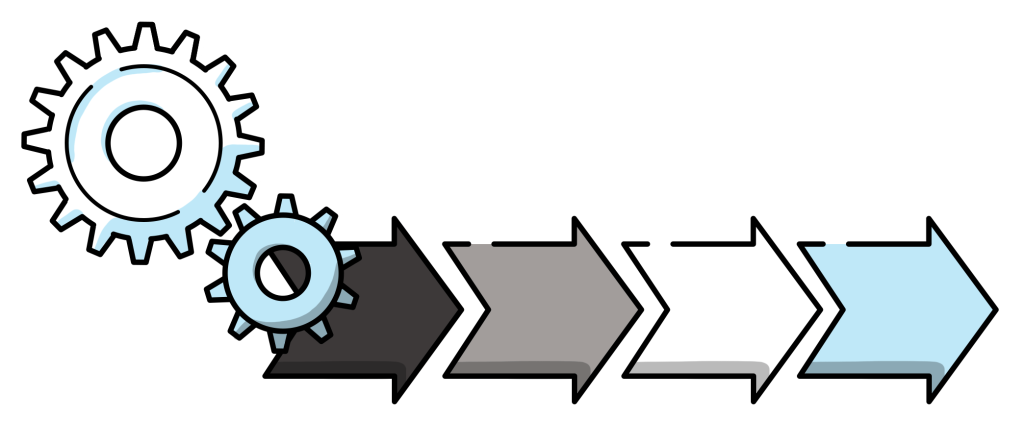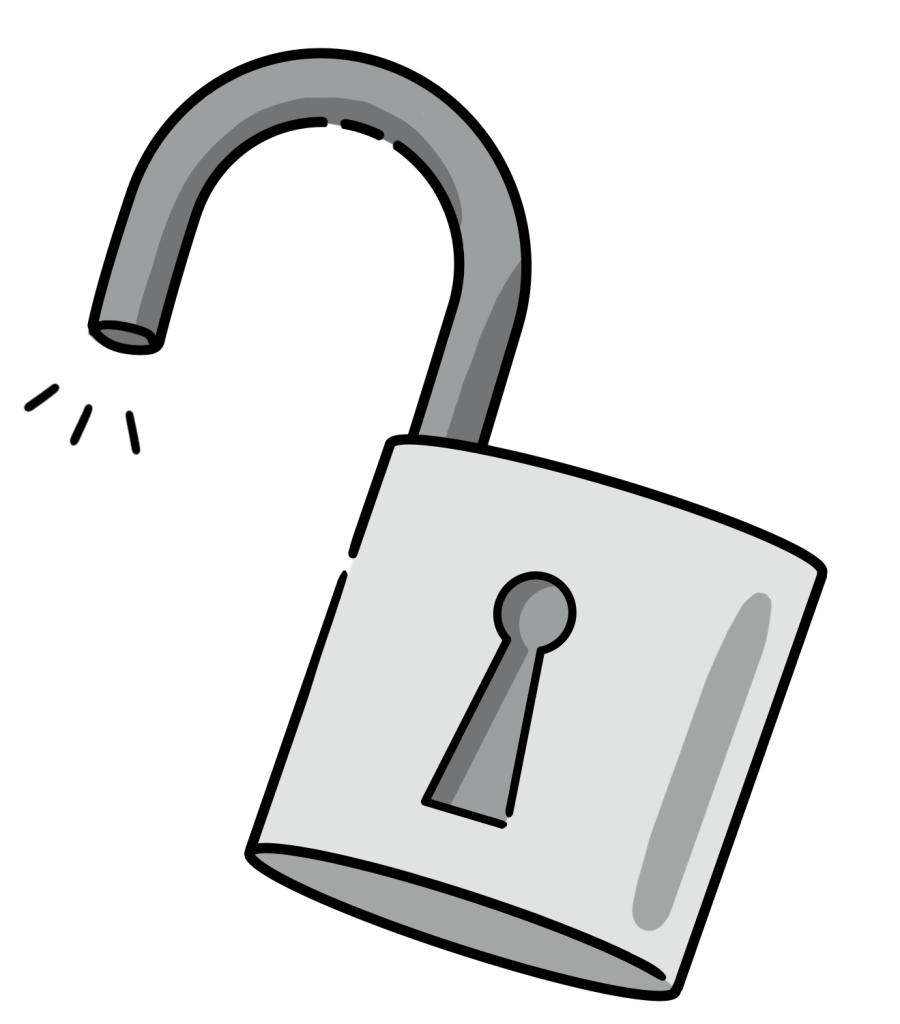5 Ways to Reduce Time Spent on Project Implementation
Written by Arjun Ruparelia | 10 min read | November 18 2022

Remember the group projects you used to be a part of in your school and college days? Well, the corporate world is no different.
A project is a group of tasks undertaken—individually or collaboratively—to achieve a predetermined goal or outcome.
As simple as it sounds, a project utilizes significant resources of an organization. It must adhere to a fixed timeline to avoid losing out on market share and project overruns, which are awfully expensive.
In this article, we’ll walk you through the top five tips to successfully reduce time spent on implementing projects.
A project is a group of tasks undertaken—individually or collaboratively—to achieve a predetermined goal or outcome.
As simple as it sounds, a project utilizes significant resources of an organization. It must adhere to a fixed timeline to avoid losing out on market share and project overruns, which are awfully expensive.
In this article, we’ll walk you through the top five tips to successfully reduce time spent on implementing projects.
A Guide to Reducing Time Spent On Project Implementation
‘Time is money’ is a popular adage, and its importance can’t be overlooked while implementing projects.
Project time management is important not only for an organization to stick to the allocated budget, ensure productive collaboration between teams, and boost its revenue but also for project managers to efficiently do their job since nearly 60% of them juggle 2 to 5 projects at a time.
You might wonder what’s the big deal if a project manager handles 2 to 5 projects simultaneously. Well for one, project management requires a lot of focus.
Project managers are at the core of all project-related discussions, decisions, and strategies—the US alone employs over 877,205 project managers.
They’re necessary to define the scope of work, manage costs, and keep an eye on the quality of work. Most importantly, project managers need to examine the project requirements and set a timeline to keep everything on track.
Since there’s no guarantee that a project will get finished by the set timeline, project managers usually keep a buffer of a few days to tide them over. But each extra day spells more money and time spent on a project that would’ve otherwise started delivering results.
So, how can project managers ensure that their projects get wrapped up within the set timeline and, in some cases, before it to reduce the project’s duration and improve the time-to-market without compromising on the project’s quality?
Project time management is important not only for an organization to stick to the allocated budget, ensure productive collaboration between teams, and boost its revenue but also for project managers to efficiently do their job since nearly 60% of them juggle 2 to 5 projects at a time.
You might wonder what’s the big deal if a project manager handles 2 to 5 projects simultaneously. Well for one, project management requires a lot of focus.
Project managers are at the core of all project-related discussions, decisions, and strategies—the US alone employs over 877,205 project managers.
They’re necessary to define the scope of work, manage costs, and keep an eye on the quality of work. Most importantly, project managers need to examine the project requirements and set a timeline to keep everything on track.
Since there’s no guarantee that a project will get finished by the set timeline, project managers usually keep a buffer of a few days to tide them over. But each extra day spells more money and time spent on a project that would’ve otherwise started delivering results.
So, how can project managers ensure that their projects get wrapped up within the set timeline and, in some cases, before it to reduce the project’s duration and improve the time-to-market without compromising on the project’s quality?
5 tips to reduce the time spent on the implementation of a project
Project managers can follow the tips below to optimize the time spent on implementing a project.
Create a research plan

You must create a research plan before assembling a team and beginning work on a project. A well-researched plan will guide and help align all stakeholders with the project’s aim, scope, and timeline.
A research plan will give the project team a headstart as the project visibility increases, reducing non-productive time and giving the project manager a chance to work out all the possible kinks in advance.
This document will give the project team an overview of the project and helps rationalize the research process. It’ll also serve as a ready reference for the team, helping them focus on the goal and stay on track.
Wondering what steps a research plan consists of? Let’s take an example of a UX research plan to understand the concept better.
A sound UX research plan clarifies the project’s purpose and highlights the problem you’re trying to solve. It outlines the project’s objectives and makes it easier for you and other stakeholders to understand the project’s goals clearly.
This will help you choose the appropriate research method and define the user base to make informed decisions.
After you have gathered all these answers, you can establish the project’s timeline. Although it won’t be possible for you to predict the exact timeline of the project, leverage the data you’ve to come up with an estimated timeline.
The final step would be to present the project in an impactful manner that will ensure it is implemented effectively across the organization. Explainer videos are an excellent tool to effectively communicate complex topics.
This illustration of the steps involved in creating a research plan should give you a basic idea of where to start.
While creating your project’s research plan, you can take inspiration from this illustration and build upon it to help your project team hit the ground running from the first day of project implementation.
Remember that it’s important to define your goals early, but don’t forget to account for unforeseen challenges to keep your plan adaptable.
Wondering what steps a research plan consists of? Let’s take an example of a UX research plan to understand the concept better.
A sound UX research plan clarifies the project’s purpose and highlights the problem you’re trying to solve. It outlines the project’s objectives and makes it easier for you and other stakeholders to understand the project’s goals clearly.
This will help you choose the appropriate research method and define the user base to make informed decisions.
After you have gathered all these answers, you can establish the project’s timeline. Although it won’t be possible for you to predict the exact timeline of the project, leverage the data you’ve to come up with an estimated timeline.
The final step would be to present the project in an impactful manner that will ensure it is implemented effectively across the organization. Explainer videos are an excellent tool to effectively communicate complex topics.
This illustration of the steps involved in creating a research plan should give you a basic idea of where to start.
While creating your project’s research plan, you can take inspiration from this illustration and build upon it to help your project team hit the ground running from the first day of project implementation.
Remember that it’s important to define your goals early, but don’t forget to account for unforeseen challenges to keep your plan adaptable.
Effective communication is key

Now that you have your research plan in hand and have picked individuals you would like to work on the project, it is essential to maintain open lines of communication among all members of the project.
Make certain that the project members are in perfect sync with their team members and other stakeholders involved—internal or external.
Being on the same page is essential for the project members to keep their eye on the prize and become adaptable if there are any changes to the project plan.
The mode of communication is not important as long as the correspondence is clear and concise. You can even use videos for business communication. This will help the project team stick to the timeline since they’re clear on what is expected of them.
Make it a habit to communicate regularly with your team and share your honest feedback on the project’s progress. This will let you build a strong connection with your team and make it easier for them to come to you with any challenges they might face and ask for your input.
Since the team will start expecting frequent communication and accountability from you, this will make them more focused and productive, helping you decrease the time spent on a particular project.
Make certain that the project members are in perfect sync with their team members and other stakeholders involved—internal or external.
Being on the same page is essential for the project members to keep their eye on the prize and become adaptable if there are any changes to the project plan.
The mode of communication is not important as long as the correspondence is clear and concise. You can even use videos for business communication. This will help the project team stick to the timeline since they’re clear on what is expected of them.
Make it a habit to communicate regularly with your team and share your honest feedback on the project’s progress. This will let you build a strong connection with your team and make it easier for them to come to you with any challenges they might face and ask for your input.
Since the team will start expecting frequent communication and accountability from you, this will make them more focused and productive, helping you decrease the time spent on a particular project.
Help your team prioritize their tasks

Prioritizing the tasks of your team will let them understand the demarcation between tasks that are important and tasks that are urgent.
A long list of to-dos will be overwhelming for your team. To make the tasks manageable and to increase the productivity of your team, it is best if you divide their to-do list into smaller, digestible chunks. But how can you do that for your entire team?
Utilize a work breakdown structure (WBS) to break down the project into manageable tasks for your team.
The WBS model is useful for project managers since it lets them break down and visually outline a complex, multi-step project, assisting them in assigning tasks to each team member and saving time on a project.
A simplistic WBS model would look something like this:
WBS Level 0: This is your ground zero and outlines the entire scope of the project. It consists of the project title and the expected outcome.
WBS Level I: WBS Level I makes up the project’s major deliverables. It includes major phases, parts, systems, or features that’ll make up the final deliverable of the project.
WBS Level II: In this level, you break up the deliverables into a few broad tasks. Determine the resources needed, and the timeline within which a specific task must be completed, and analyze the challenges that might crop up.
WBS Level III: This level will let you further fragmentize the smaller tasks into sub-tasks. Here is where you assign the sub-tasks to the team member/s who willl do justice to them.
By prioritizing the tasks for your team, you will not only help your team members become more productive, but you will also be able to order the tasks based on their urgency and importance and clearly understand the effort needed to accomplish them. Remember, smaller tasks are always easier to complete and will give your team a sense of accomplishment, keeping them focused and invested in the project.
A long list of to-dos will be overwhelming for your team. To make the tasks manageable and to increase the productivity of your team, it is best if you divide their to-do list into smaller, digestible chunks. But how can you do that for your entire team?
Utilize a work breakdown structure (WBS) to break down the project into manageable tasks for your team.
The WBS model is useful for project managers since it lets them break down and visually outline a complex, multi-step project, assisting them in assigning tasks to each team member and saving time on a project.
A simplistic WBS model would look something like this:
By prioritizing the tasks for your team, you will not only help your team members become more productive, but you will also be able to order the tasks based on their urgency and importance and clearly understand the effort needed to accomplish them. Remember, smaller tasks are always easier to complete and will give your team a sense of accomplishment, keeping them focused and invested in the project.
Actively document all data and the project process
Documenting data exchanged during the project implementation will increase the team’s accountability and efficiency since they will be able to refer to and find the data they require in a single place.
Document CTAs agreed upon and decisions made during team meetings and share them with everyone involved.
Documentation of the project process is also necessary since it serves as a written guide for the team to keep up with the progress of the project.
This document will highlight the goals met, the tasks the team excelled at, any challenges they might have faced, and how they overcame those challenges. It is also an excellent resource for future projects.
Document CTAs agreed upon and decisions made during team meetings and share them with everyone involved.
Documentation of the project process is also necessary since it serves as a written guide for the team to keep up with the progress of the project.
This document will highlight the goals met, the tasks the team excelled at, any challenges they might have faced, and how they overcame those challenges. It is also an excellent resource for future projects.
Decrease the timeline

Ultimately, to successfully implement long projects within or before the set timeline, you need to shave off days from the longer tasks/phases.
Challenge rough task estimates and ask your team to identify areas to reduce the estimated time required for the completion of a particular task. You can help out your team by removing false dependencies and scheduling the tasks in parallel.
This will help you reduce the overall time duration of the project.
Challenge rough task estimates and ask your team to identify areas to reduce the estimated time required for the completion of a particular task. You can help out your team by removing false dependencies and scheduling the tasks in parallel.
This will help you reduce the overall time duration of the project.
Successfully improve project efficiency
Project management is not akin to a walk in the park. There will always be variables that you cannot control or foresee.
Nevertheless, you can utilize the above-mentioned tips to successfully implement projects while banking on your team’s productivity and efficiency to reduce the time spent.
Nevertheless, you can utilize the above-mentioned tips to successfully implement projects while banking on your team’s productivity and efficiency to reduce the time spent.
Author's Bio
 An accountant turned writer, Arjun writes financial blog posts and research reports for clients across the globe. Arjun has five years of financial writing experience across verticals. He is a CMA and CA (Intermediate) by qualification.
An accountant turned writer, Arjun writes financial blog posts and research reports for clients across the globe. Arjun has five years of financial writing experience across verticals. He is a CMA and CA (Intermediate) by qualification. 